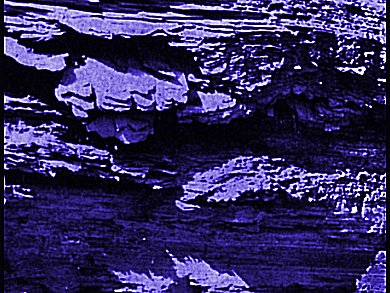Oil shale, a dark-colored rock laden with petroleum-like material, contains large amounts of stored chemical energy. Almost 3 trillion barrels of oil are trapped in the world’s deposits of oil-shale. The United States has with over 1 trillion barrels of oil equivalent by far the world’s largest deposits in the Green River Formation, which covers parts of Colorado, Utah, and Wyoming. Extraction of energy from oil shale generally releases significant quantities of greenhouse gases (GHGs). Liquid hydrocarbon (HC) fuels derived from oil shale have 1.2−1.75 times the fuel cycle GHG emissions of HC fuels produced from conventional oil.
Adam Brandt and Hiren Mulchandani, Stanford University, CA, USA, propose a new technology that combines production of electricity with capture of carbon dioxide. They produce electricity with in situ carbon capture (EPICC) in a self-fueled method. This could make billions of barrels of oil shale available as an energy source in a greenhouse world of the future. EPICC reduces CO2 emissions by:
(i) utilizing waste heat to retort shale;
(ii) retorting shale beyond the point of HC production, converting much of the organic carbon in oil shale to char which is left in the subsurface; and
(ii) using the produced HC gas to generate electricity, which provides transportation services with no tailpipe emissions.
According to the researchers, the resulting life cycle GHG emissions from EPICC amount to ≈110 g of CO2 per km, ≈0.5 times those of conventional fuel cycles or ≈0.33 times those from other proposed in situ oil shale conversion processes. Potential drawbacks of EPICC include uncertain operation of subsurface fuel cells, potential geophysical impacts without pressure management, and economic concerns associated with the value of stranded energy left in the formation and the long time period of retorting.
- Oil Shale as an Energy Resource in a CO2 Constrained World: The Concept of Electricity Production with in Situ Carbon Capture,
Adam Brandt, Hiren Mulchandani,
Energy Fuels 2011.
DOI: 10.1021/ef101714x




